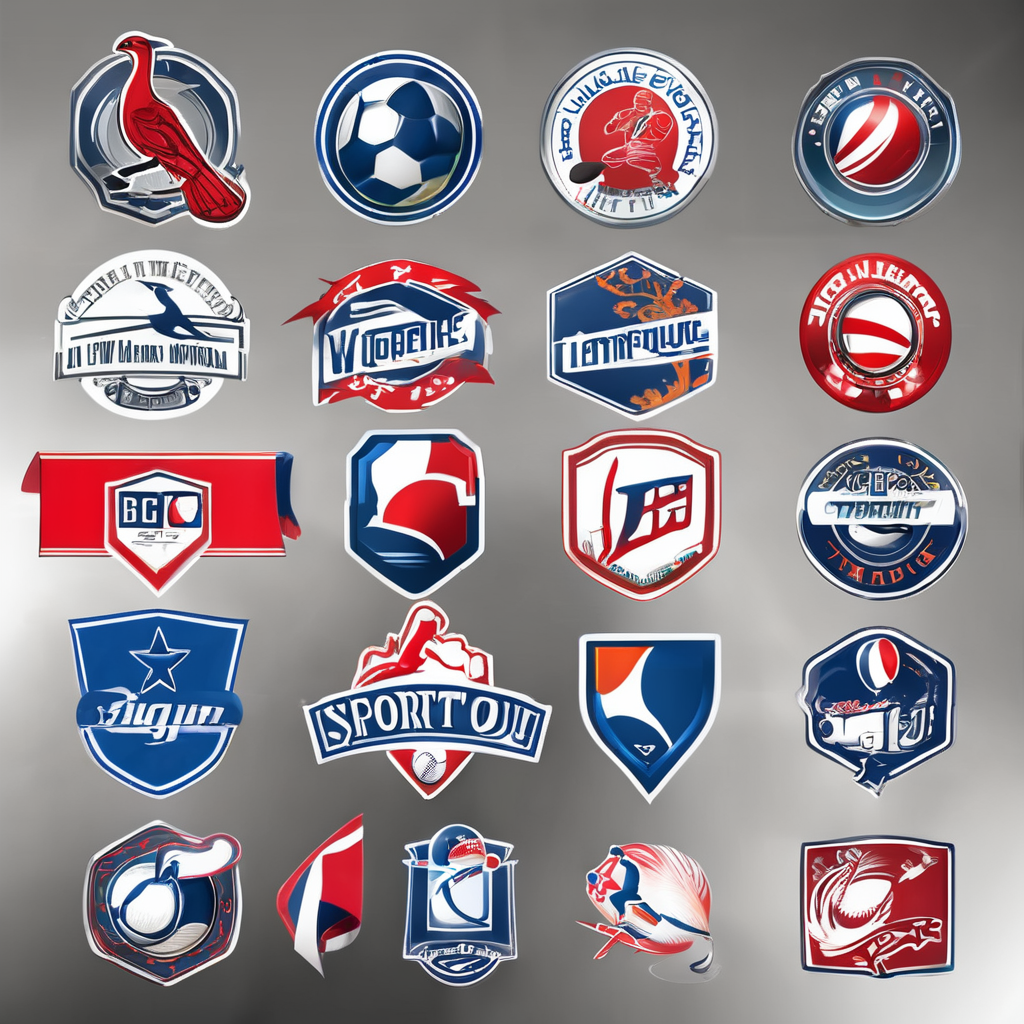Understanding Muscle Mass and Its Importance in Basketball
For basketball players, muscle mass is crucial due to its impact on performance and overall athletic ability. Defined as the amount of muscle in the body independent of body fat, muscle mass contributes significantly to a player’s strength, endurance, and agility on the court. This is vital in basketball, a sport that demands quick sprints, powerful jumps, and sustained effort throughout a game.
A basketball player’s athletic conditioning, largely influenced by muscle mass, directly affects their capacity to outpace and outmaneuver opponents. Greater muscle mass supports better explosive movements, allowing players to jump higher and run faster, which can be the difference between a blocked shot and a successful basket.
Have you seen this : Maximizing court awareness: unique techniques for uk basketball players to sharpen peripheral vision
During the off-season, maintaining muscle mass becomes paramount. This period is less strenuous than the in-season but serves as a time for players to preserve and even enhance their muscle mass. Off-season training focuses on strength-building exercises and conditioning routines designed to prepare athletes for the upcoming season, ensuring that their muscle mass does not diminish, which would otherwise impact their performance adversely. Regular attention to these factors ensures players remain competitive and resilient on the court.
Effective Off-Season Training Techniques
Off-season training is crucial for basketball players looking to maintain and improve their athletic performance. A well-structured programme, focusing on strength training and basketball exercises, can make a significant difference during competitive seasons.
Also to discover : Enhance your fast-break skills: essential court vision strategies for uk basketball athletes
Resistance training exercises are particularly beneficial for basketball athletes. This type of training helps in building muscle strength and endurance, ensuring players keep up with the physical demands of the sport. Incorporating movements like squats, lunges, and deadlifts can greatly benefit players seeking to enhance their performance on the court.
Emphasising compound movements is key for comprehensive strength development. These exercises engage multiple muscle groups simultaneously, making workouts more efficient and effective. Examples of compound exercises include bench presses, rows, and pull-ups, which are instrumental in boosting both upper and lower body strength.
Below is a sample weekly training routine to maintain muscle mass and strength during the off-season:
- Day 1: Upper body compound exercises
- Day 2: Lower body strength training
- Day 3: Rest or light cardiovascular workouts
- Day 4: Core strengthening and agility drills
- Day 5: Full-body compound movements
- Day 6: Recovery activities like yoga or stretching
Ensuring a balanced approach will not only enhance an athlete’s physical capabilities but also build endurance and resilience for the upcoming season.
Nutritional Strategies for Muscle Maintenance
Athletes, particularly those engaging in rigorous sports like basketball, must carefully consider their nutrition for athletes to maintain and build muscle. This involves specific meal planning and a well-structured muscle gain diet.
Key Nutritional Components: It’s crucial to have a balanced intake of proteins, carbohydrates, and fats. Proteins play a vital role in muscle repair and growth, while carbohydrates fuel intense workouts and fats provide long-lasting energy.
Protein Intake and Timing: Protein consumption should be prioritized around workouts. Consuming a protein-rich snack or meal 30 minutes before and immediately after exercise can aid in muscle recovery and growth. Protein-rich foods such as chicken, eggs, or plant-based options like beans and lentils are excellent choices.
Example Meal Plan for UK Basketball Players:
- Breakfast: Porridge with mixed berries and a scoop of protein powder.
- Lunch: Grilled chicken salad with quinoa and a variety of vegetables.
- Dinner: Baked salmon with sweet potato and steamed greens.
- Pre-Workout Snack: Greek yogurt with honey.
- Post-Workout Meal: Smoothie with spinach, banana, and protein supplement.
By incorporating these strategies into their daily routines, athletes can optimise their muscle maintenance and performance effectively.
Recovery Methods to Support Muscle Growth
Recovery techniques are vital components of maintaining and enhancing muscle growth, especially for athletes. Adequate rest plays a pivotal role in this process by allowing muscles to repair and strengthen after stressful workouts. Integrating effective methods like foam rolling and stretching can significantly aid in athlete recovery, minimising soreness and improving flexibility. Foam rolling helps in breaking down muscle knots and improving circulation. Stretching complements this by increasing the range of motion and preventing injuries.
In addition to physical methods, sleep is crucial for muscle recuperation. During sleep, the body releases growth hormones essential for tissue growth and repair, making it an indispensable aspect of an athlete’s recovery routine. Hydration is another key factor as it maintains cellular functions and temperature regulation, which are vital for optimal muscle performance. Athletes should focus on maintaining adequate levels of water intake before, during, and after exercise. By prioritising these recovery techniques, individuals can support sustained muscle growth and overall athletic performance.
Incorporating Professional Guidance and Resources
Engaging with fitness coaching can be immensely beneficial for athletes seeking personalised and effective training. A fitness coach tailors routines to match individual goals, whether enhancing specific skills or improving overall performance. For UK basketball players, a wide array of resources is available to support their development journey.
Online platforms offer access to athlete resources, including workout plans, nutritional advice, and motivational content. These resources often feature contributions from seasoned professionals, allowing athletes to tap into a wealth of expert insights. Such platforms keep athletes updated on the latest training techniques and recovery protocols, vital for those striving for excellence.
To maximise training outcomes, players can leverage expert insights by integrating advice into their routines. This might mean adopting new strategies or adjusting existing practices. By doing so, athletes can ensure their training remains dynamic and aligned with evolving sports science advancements.
Ultimately, the synthesis of fitness coaching, athlete resources, and expert insights equips players with the tools to enhance their training, achieving a higher calibre of performance through structured and knowledgeable guidance.











